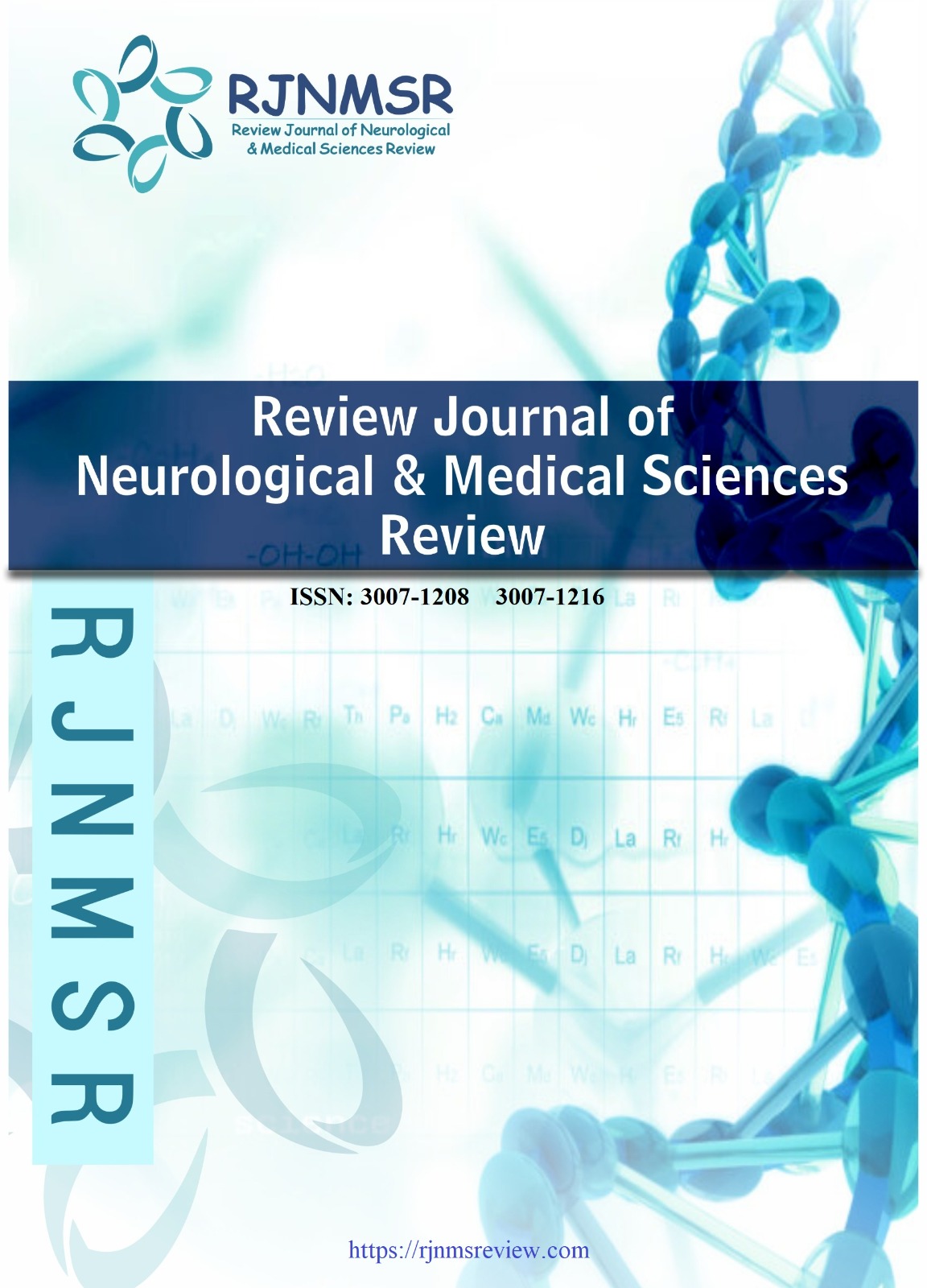PHYSIOLOGICAL, MOLECULAR, AND MICROBIAL INTERACTIONS IN DROUGHT TOLERANT LEGUMES STRATEGIES FOR RESILIENT AGRICULTURE
DOI:
https://doi.org/10.63075/75gzh856Keywords:
Drought stress, legumes, Cicer arietinum, Vigna radiata, Phaseolus vulgaris, physiological responses, DREB, NAC, aquaporins, osmolytes, rhizosphere microbiota, mycorrhizal colonization, qRT-PCR, 16S rRNA sequencing, sustainable agricultureAbstract
Drought stress substantially restricts legume production, especially in dry and semi-arid areas. This research aims to investigate the physiological, molecular, and microbiological responses of drought-tolerant legumes Cicer arietinum, Vigna radiata, and Phaseolus vulgaris under regulated drought circumstances. A Randomized Complete Block Design (RCBD) was used, including two treatments: a well-watered control and drought stress applied during the blooming stage. Physiological measurements like relative water content (RWC), how well the stomata are working, chlorophyll fluorescence, and the buildup of osmolytes (proline and soluble sugars) were checked at three times: before the drought stress, during the drought stress, and after the plants recovered. RNA was taken from leaf tissues to evaluate drought-related gene expression via qRT-PCR, focusing on DREB, NAC, and aquaporin genes. Furthermore, rhizosphere soil samples were examined by 16S rRNA gene sequencing for assessing microbial community composition, while mycorrhizal colonization was measured microscopically. The results are expected to reveal important features and molecular signs related to drought tolerance, while also highlighting how helpful bacteria contribute to resisting stress. This integrated method offers a thorough framework for discovering drought adaptation mechanisms in legumes, with consequences for breeding and sustainable agriculture in arid regions.

